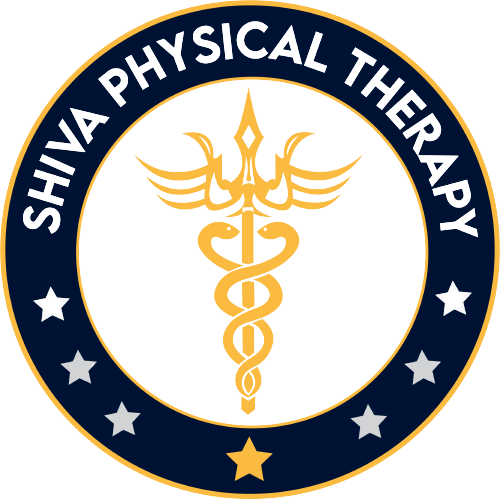Taping
Taping is commonly used as an adjunct or temporary technique. At Shiva Physical Therapy, we often use taping as a protective mechanism in the presence of an existing injury. Taping is used as a means of treatment in instances where support and stability are needed, as a first-aid tool, to prevent injury and protect an injured anatomical structure while healing occurs.

Intended Purpose and Effect of Taping Techniques
The tape is commonly used at Shiva Physical Therapy to:
- Relieve your pain
- Improve joint stability
- Enhance athlete confidence
- Reduce injury recurrence
- Prevent injury
- Reduce strain on injured or vulnerable tissues
- Correct faulty biomechanics
- Inhibit muscle action
- Facilitate muscle action
- Enhance proprioception
- Compress in the presence of edema or lymphatic drainage.
Some of these purposes may be achieved through a combination of these possible effects of taping:
- mechanical effects
- neuromuscular effects
- psychological effects
There are different kinds of tape that can be employed:
- Rigid strapping tape commonly used in taping or strapping is often referred to as "sports tape" or "athletic tape" and is most often a rigid style of strapping tape.
- Elastic strapping tape can also be used when less rigidity or support is required.
- Kinesiology tape is an improved version of elastic sports tape that acts to dynamically assist your muscle function.
At Shiva Physical Therapy, we provide different taping based on evaluation and individual patient needs.

